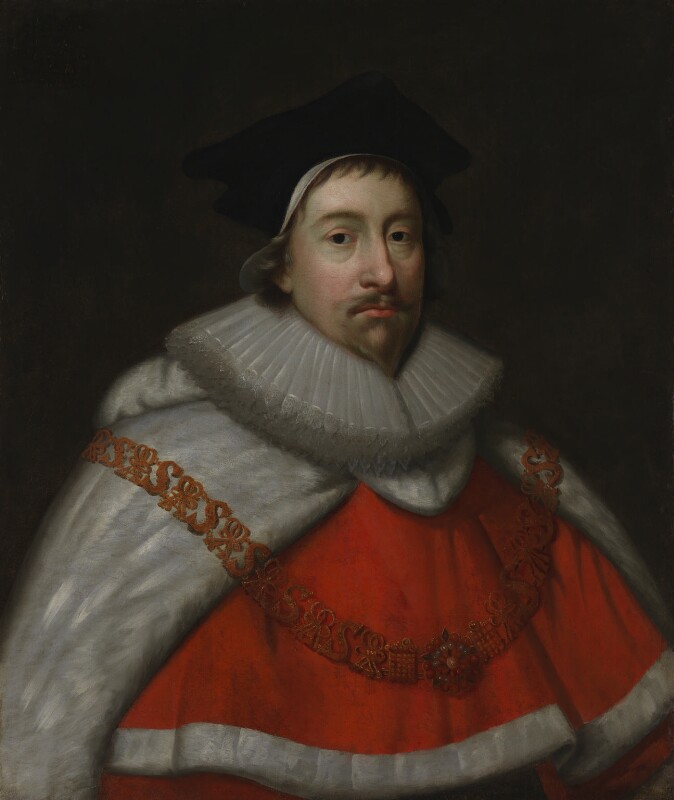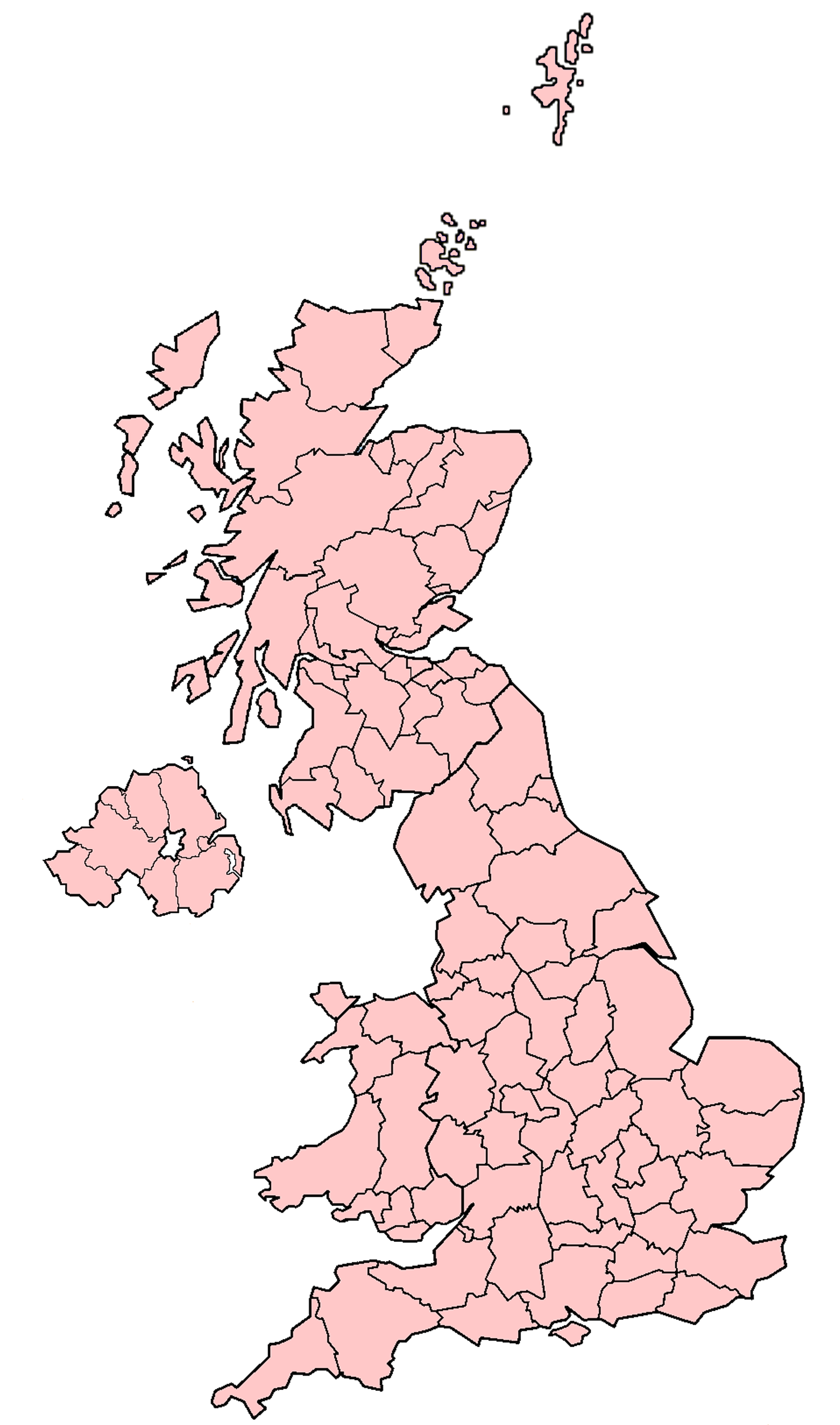|
Oliver St John, 1st Baron St John Of Bletso
Oliver St John of Bletsoe, 1st Baron St John of Bletso (c. 1522 – 21 April 1582) was an England, English Peerage, peer. Personal life He was the son of Sir John St John (Bedfordshire MP) (born 1498) of Bletsoe (Bedfordshire) and Spelsbury (Oxfordshire) and his first wife Margaret, the daughter of Sir William Waldegrave. His paternal great-great-great-grandfather Sir Oliver St John of Bletsoe, Spelsbury and Lydiard Tregoze, Wiltshire (d. 1437) was the husband of Margaret Beauchamp of Bletso, great-great-granddaughter of Roger de Beauchamp, who was summoned to Parliament as Baron Beauchamp of Bletso from 1363 to 1379. Since then that title had not been assumed, although St John was considered to be the line of heir. On 13 January 1559 he was raised to the peerage himself as Baron St John of Bletso, in the county of Bedfordshire. Career He served in the household of Prince Edward and on his master's accession as Edward VI in 1547, he entered the royal household. He was electe ... [...More Info...] [...Related Items...] OR: [Wikipedia] [Google] [Baidu] |
Baron St John Of Bletso
Baron St John of Bletso, in the County of Bedford, is a title in the Peerage of England. It was created in 1582 for Oliver St John, 1st Baron St John of Bletso, Oliver St John. For a period, the title Baron St John was subsumed within the title Earl of Bolingbroke which was granted to the fourth Baron. The Earldom died out with the third Earl, but the Barony continued via another branch which had since become the baronet line. The eldest son of the 1st Earl was advanced to the barony by Writ of acceleration under King Charles I to become the 5th Baron. However he died in the civil war without becoming Earl, This resulted in the existence of an additional baron in the sequence but this was not taken into account by the family when the barony was continued. Hence there is a discrepancy between the complete numbered series used by Burke and Debrett, and the numbering series in use by the family, particularly in the 18th and 19th century. Hence the numbers on family graves of this t ... [...More Info...] [...Related Items...] OR: [Wikipedia] [Google] [Baidu] |
High Sheriff Of Bedfordshire And Buckinghamshire
This is a list of Sheriffs of Bedfordshire and Buckinghamshire. One sheriff was appointed for both counties from 1125 until the end of 1575 (except for 1165–1166), after which separate sheriffs were appointed. See High Sheriff of Bedfordshire and High Sheriff of Buckinghamshire for dates before 1125 or after 1575. 1125–1199 1200–1299 1300–1399 1400–1499 1500–1574 See also * High Sheriff of Bedfordshire * High Sheriff of Buckinghamshire References Bibliography * (with amendments of 1963, Public Record Office) * {{High Shrievalties Bedfordshire Bedfordshire (; abbreviated ''Beds'') is a Ceremonial County, ceremonial county in the East of England. It is bordered by Northamptonshire to the north, Cambridgeshire to the north-east, Hertfordshire to the south and the south-east, and Buckin ... Lists of office-holders in the United Kingdom History of Bedfordshire History of Buckinghamshire ... [...More Info...] [...Related Items...] OR: [Wikipedia] [Google] [Baidu] |
Chief Justice Of The Common Pleas
The chief justice of the common pleas was the head of the Court of Common Pleas, also known as the Common Bench, which was the second-highest common law Common law (also known as judicial precedent, judge-made law, or case law) is the body of law primarily developed through judicial decisions rather than statutes. Although common law may incorporate certain statutes, it is largely based on prece ... court in the English law, English legal system until 1875, when it, along with the other two common law courts and the equity and probate courts, became part of the High Court of Justice. As such, the chief justice of the Common Pleas was one of the highest judicial officials in England, behind only the Lord Chancellor, lord high chancellor and the Lord Chief Justice of England and Wales, Lord Chief Justice of England, who headed the Court of King's Bench (England), King's Bench (Queen's when the monarch was female). History Initially, the position of chief justice of the common ... [...More Info...] [...Related Items...] OR: [Wikipedia] [Google] [Baidu] |
Solicitor General Of England
A solicitor is a lawyer who traditionally deals with most of the legal matters in some jurisdictions. A person must have legally defined qualifications, which vary from one jurisdiction to another, to be described as a solicitor and enabled to practise there as such. For example, in England and Wales a solicitor is admitted to practise under the provisions of the Solicitors Act 1974. With some exceptions, practising solicitors must possess a practising certificate. There are many more solicitors than barristers in England; they undertake the general aspects of giving legal advice and conducting legal proceedings. In the jurisdictions of England and Wales and in Northern Ireland, in the Australian states of New South Wales, Victoria, and Queensland, Hong Kong, South Africa (where they are called '' attorneys'') and the Republic of Ireland, the legal profession is split between solicitors and barristers (called ''advocates'' in some countries, for example Scotland), and a lawyer w ... [...More Info...] [...Related Items...] OR: [Wikipedia] [Google] [Baidu] |
Roundhead
Roundheads were the supporters of the Parliament of England during the English Civil War (1642–1651). Also known as Parliamentarians, they fought against King Charles I of England and his supporters, known as the Cavaliers or Royalists, who claimed rule by absolute monarchy and the principle of the divine right of kings. The goal of the Roundheads was to give to Parliament the supreme control over executive branch, executive administration of England. Beliefs Most Roundheads sought constitutional monarchy in place of the absolute monarchy sought by Charles; however, at the end of the English Civil War in 1649, public antipathy towards the king was high enough to allow republican leaders such as Oliver Cromwell to abolish the monarchy completely and establish the Commonwealth of England. The Roundhead commander-in-chief of the first Civil War, Thomas Fairfax, remained a supporter of constitutional monarchy, as did many other Roundhead leaders such as Edward Montagu, 2nd Earl ... [...More Info...] [...Related Items...] OR: [Wikipedia] [Google] [Baidu] |
Oliver St John
Sir Oliver St John (; c. 1598 – 31 December 1673) was an English barrister, judge and politician who sat in the House of Commons from 1640-53. He supported the Parliamentary cause in the English Civil War. Early life St John was the son of Oliver St John (of Cayshoe) and his wife Sarah Bulkeley, daughter of Edward Bulkeley of Odell, Bedfordshire and sister of Peter Bulkeley. Oliver St John of Cayshoe was the grandson of Oliver St John, 1st Baron St John of Bletso through the 1st Baron's third son, Thomas St John. St John's sister, Elizabeth St John, married Reverend Samuel Whiting (1597-1679) and emigrated to Boston in the Massachusetts Bay Colony in 1636. He was one of the leaders of the Parliamentary opposition to King Charles I of England. St John was at Cambridge University with his brother-in-law the Rev. Samuel Whiting, matriculating from Queens' College, Cambridge at Lent 1616. He was then admitted at Lincoln's Inn on 22 April 1619. He was called to the bar ... [...More Info...] [...Related Items...] OR: [Wikipedia] [Google] [Baidu] |
Thurleigh
Thurleigh is a village and civil parish in the Borough of Bedford, north Bedfordshire, England, situated around north of Bedford town centre. History Excavations have shown evidence the locality was occupied in the Iron-Age, Roman and Saxon periods. In Domesday of 1086 the Middle English orthography as to both modern 'th' digraph sounds was often in different forms particularly as to this county — the place is ''LaLega''. By 1372 it is ''Thyrleye''. In 1813, ''Thurleigh'', or ''Thurley'', is recorded as being in the Hundred of Willey and the Deanery of Eaton. The scribes were particularly ecclesiastical for the county as ''Lega'' is a very Latin-esque form of ''leigh''. The latter is a very common word, rarely used today for meadow or clearing (lea) almost certainly an Anglo-Saxon word perhaps preceded by the definite article, as early written in unrelated prose ''þǣre lēa''. Being in the Danelaw however a link to Thor cannot be ruled out. There was a church her ... [...More Info...] [...Related Items...] OR: [Wikipedia] [Google] [Baidu] |
Lord Lieutenant
A lord-lieutenant ( ) is the British monarch's personal representative in each lieutenancy area of the United Kingdom. Historically, each lieutenant was responsible for organising the county's militia. In 1871, the lieutenant's responsibility over the local militia was removed. However, it was not until 1921 that they formally lost the right to call upon able-bodied men to fight when needed. Lord-lieutenant is now an honorary titular position usually awarded to a notable person in the county, and despite the name, may be either male or female, peer or not. Origins England and Wales Lieutenants were first appointed to a number of Historic counties of England, English counties by King Henry VIII in the 1540s, when the military functions of the sheriffs were handed over to them. Each lieutenant raised and was responsible for the efficiency of the local militia units of his county, and afterwards of the yeomanry and volunteers. He was commander of these forces, whose officers he a ... [...More Info...] [...Related Items...] OR: [Wikipedia] [Google] [Baidu] |
Huntingdonshire
Huntingdonshire (; abbreviated Hunts) is a local government district in Cambridgeshire, England, which was historically a county in its own right. It borders Peterborough to the north, Fenland to the north-east, East Cambridgeshire to the east, South Cambridgeshire to the south-east, Central Bedfordshire and Bedford to the south-west, and North Northamptonshire to the west. Huntingdonshire, along with Peterborough, Fenland and East Cambridgeshire, serves as the area of land between The Midlands and East Anglia and is often considered to carry a mixed identity for this reason. It is also sometimes considered an informal county. The district had a population of 180,800 at the 2021 census, and has an area of . After St Neots (33,410), the largest towns are Huntingdon (25,428), St Ives, Cambridgeshire, St Ives (16,815), and Yaxley, Cambridgeshire, Yaxley (9,174 in 2011). The district council is based in Huntingdon. Huntingdonshire's boundaries were established in the Ang ... [...More Info...] [...Related Items...] OR: [Wikipedia] [Google] [Baidu] |
Cambridgeshire
Cambridgeshire (abbreviated Cambs.) is a Ceremonial counties of England, ceremonial county in the East of England and East Anglia. It is bordered by Lincolnshire to the north, Norfolk to the north-east, Suffolk to the east, Essex and Hertfordshire to the south, Northamptonshire to the west, and Bedfordshire to the south-west. The largest settlement is the city of Peterborough, and the city of Cambridge is the county town. The county has an area of and had an estimated population of 906,814 in 2022. Peterborough, in the north-west, and Cambridge, in the south, are by far the largest settlements. The remainder of the county is rural, and contains the city of Ely, Cambridgeshire, Ely in the east, Wisbech in the north-east, and St Neots and Huntingdon in the west. For Local government in England, local government purposes Cambridgeshire comprises a non-metropolitan county, with five Districts of England, districts, and the Unitary authorities of England, unitary authority area o ... [...More Info...] [...Related Items...] OR: [Wikipedia] [Google] [Baidu] |




